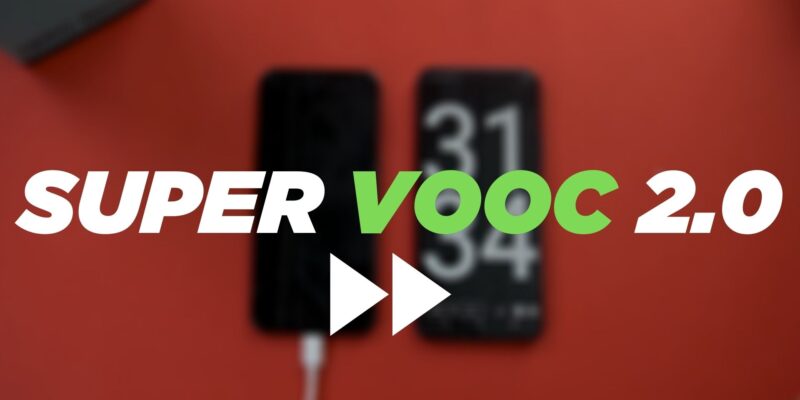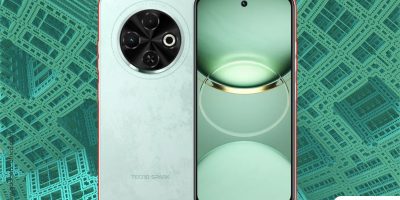There’s a lot of things people look at whenever they are buying a new smartphone. Could be the screen quality, the camera features, the general design or even just the brand name. However, ever since I started using fast charging smartphones, it has become a necessity for me. Seeing my phone juice up from 20 -100 in just 30 minutes never fails to amaze me. So you know I had to jump on the OPPO Super VOOC Charging tech that comes with the Reno 5 and Reno 5F.
In comparison, tests show that other phones take an hour or even two to get to a full charge, hence the insanity. Mind you, this is with the screen off. With the screen on, they can take up to 2 1/2 hrs. OPPO, however, remains unaffected.
Now to address the ‘elephant in the room’, how does it work and why is it so fast? Well, there’s a few answers to that, so let’s get down to it.
OPPO Super VOOC Charging Technology: Revolutionary
Power is measured in watts and thus, the more wattage being supplied to a smartphone, the faster it will charge. Let’s do the math. Lots of the smartphone chargers operate at 5{V}olts and supply a current of 2{A}mperes, so multiple 5V x 2A and you get 10 watts of power.
OPPO takes a different approach. It uses an innovative bi-cell design to deliver high charging power. This means using two batteries instead of a single cell. This allows it to charge two cells simultaneously, thereby reducing the time. It supports a maximum of 6.5A at 10V, in line with VOOC’s “low voltage and high-current” philosophy.
Factors That Affect Charging Speeds
- Battery size: A larger battery takes longer to recharge. Compared to a 6000mAH battery, a 4000mAH battery will take much less time to go from 0-100.
- Battery Health: A healthy 4,000 mAh battery combined with a 65-watt charger could easily fully charge a device in less than 35 minutes.
- Whether The Phone Is Active or Inactive while Charging: The less you use your phone while it is charging, the faster you will fill it up.
Is It Safe?
In a short answer, yes it is. The charger uses five safety protection layers across the charging adapter, cable, and smartphone, right down to the battery itself. There are also custom chips to manage the charging process and monitor voltage and current at each node. Finally, the low-voltage system keeps the temperature under control.
The only downside is that the VOOC chargers are a bit bigger than the normal ones and the cables are a bit thicker. However, that sounds like a small price to pay.
This test below shows you just how fast the technology works on the previous model, the OPPO Reno 5.





Comments